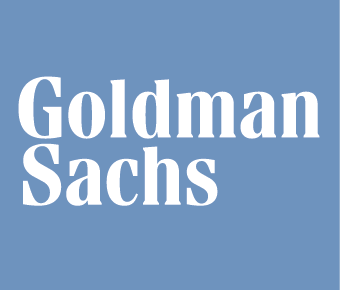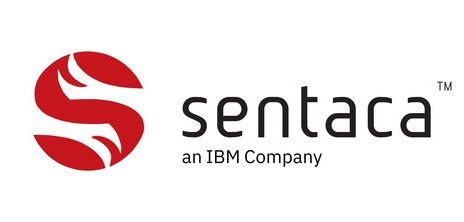NEW YORK — Robin Hood, an organization fighting poverty in NYC, has released “Spotlight On State of Food Hardship in New York City.” The new report, developed in collaboration with Columbia University’s Center on Poverty and Social Policy and the Columbia Population Research Center, found that 39% of New Yorkers experienced food hardship in 2020, including 46% of Bronx residents.
“Too many New Yorkers still struggle to put food on the table, including nearly one out of every two residents of the Bronx,” said Richard Buery, Jr., CEO of Robin Hood. “That is why Robin Hood is proud to partner with organizations like POTS (Part of the Solution in Bronx) doing the necessary work to help rebuild a (new) New York so we can get families back on their feet, kids back on track, and New Yorkers back to work. The data demonstrates how essential food distribution services are to the people of this city, and we must continue to invest in the organizational and governmental infrastructure to support struggling families.”
The number of New Yorkers who are hungry or worry about running out of food paints a dire picture of food insecurity in New York. Robin Hood’s report found:
- Use of food pantries more than doubled between 2019 and 2020 for New Yorkers in the sample facing food hardship, rising from 25% to 51%.
- 47% of households with children said that they struggled to keep enough food on the table during 2020.
- Among immigrant New Yorkers, the use of food pantries rose from 11% to 32% between 2019 and 2020, and 43% of foreign-born New Yorkers reported that they sometimes or often worried about running out of food or ran out of food last year.
- 57% of Latinx New Yorkers and roughly 45% of Black New Yorkers said they experienced food hardship in 2020.
- Nearly 1 in 2 (46%) Bronx residents report facing food hardship.
- Pantry use became more frequent, with 58% of respondents reporting visiting pantries weekly or several times a month in 2020 compared to 34% in 2019.
As New Yorkers struggled to keep food on the table, Robin Hood worked with New York emergency food providers who, like POTS, responded to the crisis by increasing the amount of food delivered to keep New Yorkers fed.
“As we strive to address the complex issues associated with poverty and food insecurity in The Bronx, we saw a significant growth in need since the onset of the pandemic, particularly for the immigrant population. We were only able to meet this increase in demand for comprehensive services due to the matching additional support from our partners and donors,” said Christina Hanson, executive director of Part of the Solution (POTS).
Last week, Robin Hood renewed two grants to POTS totalling more than $700,000, including a 24-month grant to help POTS distribute more than two million pounds of food annually, representing a 37% increase in food distribution between 2020 and 2021. $200,000 of the grant funding is allocated to connecting low-income families with wraparound benefits that alleviate a variety of needs associated with poverty and food hardship, including SNAP, TANF, unemployment insurance, health coverage, legal services, and other direct support that defray the costs of housing and utility bills.
Together, the policy reforms made at all levels of government and the programmatic changes made throughout the city’s emergency food distribution network appear to have guarded against a more significant rise in the rate of food hardship in New York City in 2020. According to the Poverty Tracker, the number of New Yorkers facing food hardship stayed roughly the same from 2019 to 2020, increasing only from 37% to 39%, while the rate of severe food hardship stayed steady at 9%.
In 2021, Robin Hood invested nearly $9 million in aid to soup kitchens, food pantries and other emergency food services, including 10 grants funded through Robin Hood’s core grant program each averaging about $527,000 and more than 90 smaller grants administered through the Robin Hood Relief Fund.


